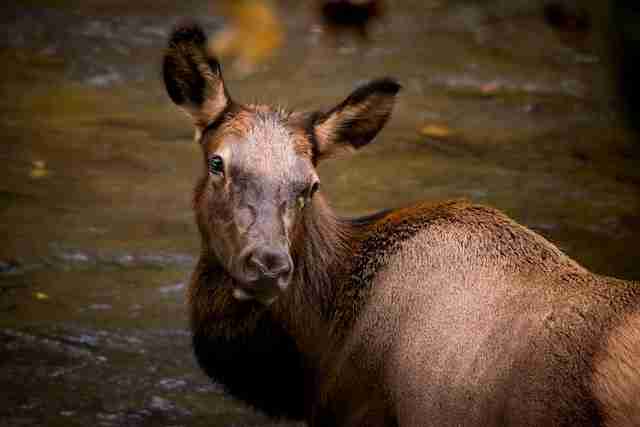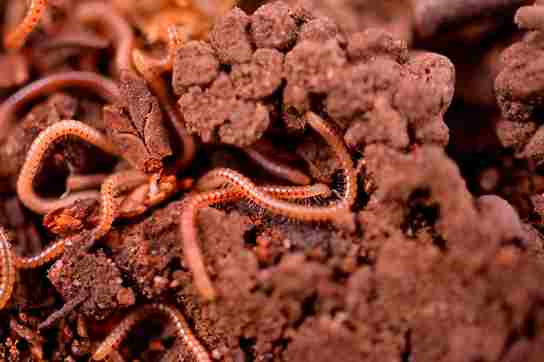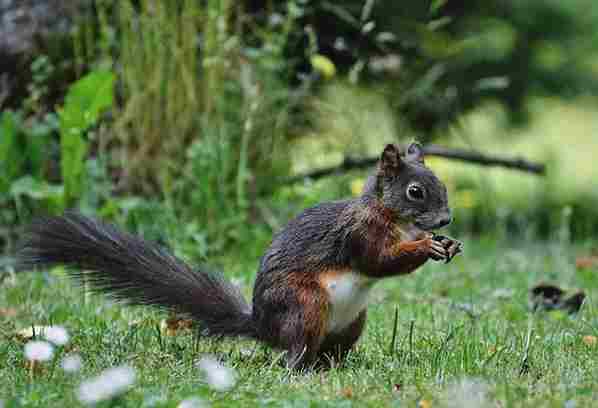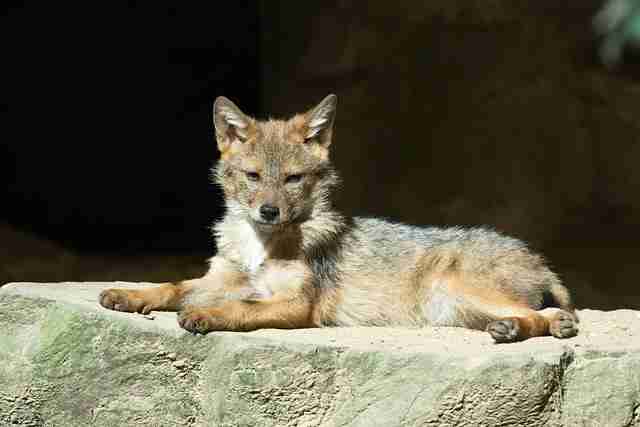Do Female Elk Have Antlers? (EXPLAINED!!)
Elk, or wapiti, as they are often called, has the second-largest population in the deer family. I’m talking about the species – Cervidae.
Besides their massive weight, one feature that stands out in their biological makeup is the antlers. But it seems not every elk you come across that has antlers.
Under ideal conditions, only make elk grow antlers, which is important for their survival. They’re essentially used to fight for mates and territories. This is not a common feature in female elks or cows.
In this post, we will examine why this is the case and a few exceptions when a female or cow can claim to have antlers.

Do Female Elk Have Antlers?
The short answer is no, female elks do not have antlers. Antler growth is a trait predominantly found in male elks. In other words, in most deer species, including elk, antlers are a characteristic of males or bulls, not females.
Antlers In Male Elks
Antlers are in defining feature in bull elks and serve various purposes, including:
- Defense: Antlers act as weapons for male elks to defend themselves against predators and other competing males.
- Display: During the rutting (mating) season, male elks use their antlers to display their strength and dominance to attract females. These battles can be quite intense, as the males compete for access to females.
- Sparring: Males also engage in sparring battles using their antlers, establishing dominance and territory before the mating season.
- Foraging: Antlers can also be used for foraging, as elk use them to dig through snow and uncover vegetation during the winter months.
Given these roles, it becomes evident why female elk do not require antlers. Their primary responsibilities involve caring for their offspring, and they do not need to engage in battles or attract mates.
Typically, males begin growing antlers in the spring, and by the time autumn arrives, they are fully developed and ready for use in these contests.
How Antlers Are Grown
Antler growth is mainly stimulated by the production of testosterone.
Specifically, an increase in testosterone production during the spring, especially as the days get longer, causes hormonal changes, which leads to the growth of new antlers. These antlers are usually fully developed by autumn.
In terms of how they grow, the antlers grow out from a stalk of tissues found in the skull. These tissues are known as pedicles and are made of bone tissue that is initially covered with a layer of skin known as “velvet.” This velvet is rich in blood vessels and nerves, allowing the antlers to grow rapidly.
As earlier indicated, the antlers usually reach their full size late in the summer or early fall. When this happens, the blood supply to the velvet is cut off. This causes the velvet to die and shed, revealing the hard bone beneath. After the rutting season ends, the antlers fall off, and the cycle begins anew.
In contrast, the testosterone level in cow elks are quite low compared to that of males. This is why they don’t grow new antlers during spring.
Having said that, there are rare cases where female elk may grow antlers due to hormonal imbalances or other genetic factors.
Why Don’t Female Elks Have Antlers?
Female elk don’t have antlers primarily because they don’t need them. As mentioned earlier, antlers play a significant role in male elk’s lives as they use them for fighting, display, and foraging. Female elk don’t engage in these activities, and their main focus lies in nurturing and protecting their young ones.
Additionally, growing and maintaining antlers require a substantial amount of energy and resources, which could be better allocated towards reproduction and survival for female elk.
Simply put, female elks don’t need antlers for these reasons:
- Energy Conservation: The growth and maintenance of antlers require a significant amount of energy. For females, conserving energy is crucial to their survival and reproductive success, so they invest their resources in reproduction and raising offspring instead.
- Hormonal Differences: Female elks have lower levels of testosterone, the hormone that stimulates antler growth in males. This hormonal difference is the primary reason for the absence of antlers in females.
- Lack of Evolutionary Need: Since antlers are primarily used for defense, display, and sparring among male elks, there is no evolutionary need for females to have antlers.
The Only Exception: Female Caribou
A close relative of the elk, female caribou are the only ones in the deer family that grow antlers, although, their antlers are usually smaller than those of their male counterparts.
The reasons behind this unique adaptation in female caribou are:
Foraging Advantage
The presence of antlers in female caribou allows them to access lichen and other vegetation by breaking branches and digging through snow. This foraging advantage is particularly crucial in the harsh Arctic environment where food sources are limited.
Dominance and Resource Protection
Female caribou use their antlers to establish dominance within their social groups and protect limited resources, such as food and bedding sites, from other females and younger caribou.
Offspring Defense
Female caribou also use their antlers to defend their offspring from potential predators or aggressive males during the calving season.
Other Ways To Identify A Female Elk
Besides not having antlers, there are other ways to identify female elks. These include:
- Shape: The female body is more streamlined while the males have Females have a bulkier structure.
- Color: Both male and female elks have similar color, but the females appear to have a slightly lighter complexion, especially during the summer months.
- Size: Female elks are generally smaller than males. In other words, the males are taller and heavier.
- Behavior: Female elks are usually more social than males, forming large groups or harems, particularly during rut.
Final Words: do female elk have antlers?
In conclusion, female elk do not typically grow antlers, as they are not necessary for their survival or reproductive success. This distinction between males and females is common among the deer family, with the notable exception of female caribou, which have antlers for foraging, dominance, and offspring defense.
The male antlers usually fall off every year and is shed annually, between late winter and early spring. Besides their antlers, other distinguishing features in elks include body size, shape, color, and behavior.
Let me know if you have any more questions about female elks having antlers.
If you have more time, you can check out other interesting articles about deer:





